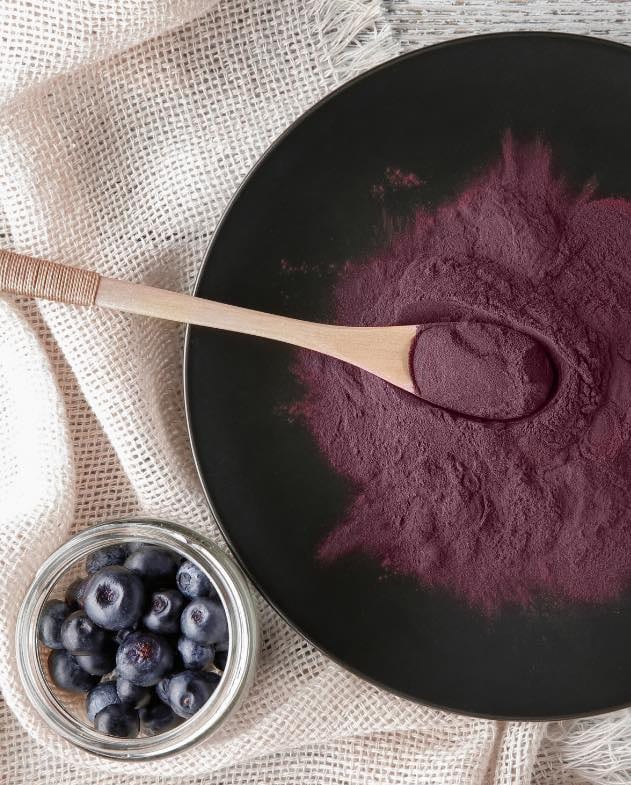Mask Mandate
INGREDIENT
challenges
PART 1
The ingredients driving today’s on-trend products—such as better-for-you formulations and plant-based meat and dairy alternatives—share a need for flavor modification to make them more palatable to consumers. Simple additions to a formulation, such as caffeine or vitamin premixes, or more complex ingredient systems, such as hemp extracts and high-intensity sweeteners, can impart off or bitter flavor notes.
At the other end of the spectrum is an interest in amplifying a food’s natural desirable attributes, such as sweetness, richness, and complexity, any or all of which qualities can be lost during ingredient harvest, processing, and production. Such formulation challenges can be resolved by using flavor modifiers, a group of compounds that includes flavor maskers, bitter blockers, flavor potentiators, and flavor extenders.
Makers of on-trend plant-based and immunity products also rely on natural flavor maskers and enhancers for success. To attain the coveted clean-label designation, today’s “flavor helpers”—the secondary ingredients needed to mask or block a bitter aftertaste or to enhance a desired flavor (which in turn can mask off notes)—need to be derived from natural ingredients and contain no traces of solvents or similar chemicals.
By RACHEL ZEMSER, MS, CCS, Contributing Food Tech Editor
Photo courtesy of: Getty images / FCAfotodigital
Natural flavor-booster and masker ingredients for clean-label, plant-based, and better-for-you products.
Hot Idea
Herbs, spices, and peppers (including chili peppers and hot sauces) are the original flavor modifiers. While typically used as flavor enhancers, they also can act as maskers, covering bitter notes as well as elevating desired flavor notes. Many hot sauces have a vinegar base, so the astringent or sour notes must be a good fit for the product, but chili pepper powders can be applied across a broader variety of products. Peppers—both black pepper and chili peppers—are even increasingly common in some more exotic dessert and confection formulations, accenting flavors such as dark chocolate and spice. The challenge with chili peppers is to hit the right balance between fire and flavor. For this reason, pepper powders are a good option, as they provide a reliable consistency year-round.

Organic fruit powders used in conjunction with the fresh or frozen version can be used to intensify the natural flavor. Photo courtesy of: Brookside Flavors & Ingredients, LLC
Having a good understanding of the core ingredients and their unique flavor profiles helps to determine which are the best flavor modifiers to select and experiment with for optimal results. It is important to evaluate different compounds and various usage levels in order to optimize the final sensory effect.
Mask or Block
A masking agent can cover up or distract the consumer from an undesirable aftertaste, while a potentiator will amplify a specific flavor, overall flavor, or mouthfeel. Blockers are similar to masking agents; however, they function more directly on the palate by binding to taste receptors and preventing them from receiving a flavor note, such as bitterness.
Masking ingredients, blocking chemical agents, and flavor potentiators have both natural and synthetic origins. Some masking agents are made with simple, clean-label ingredients. Commonly deployed examples are sucrose and vanilla extract. Both sweeten and distract the consumer from the undesirable flavor attribute. A sweetened vanilla coffee, for example, will be perceived as less bitter by the consumer. Other, more specific molecules include glycyrrhizic acid, found in licorice extract. It functions by creating a delayed sweetness and lingering effect that cover up any undesired flavors.

Although they contain sodium, soy sauces and powders expand richness and savory notes so well, they help lower salt in formulations. Photo courtesy of: Lee Kum Kee USA, Inc.
Bitter blockers are more specific in their interactions with taste receptors. Their chemical structure binds onto one of the 25 taste receptor types (T2Rs) on the tongue, inhibiting that receptor’s function and shutting it down. One example is fermented mycelia, derived from a member of the mushroom family. This ingredient acts as a universal bitter blocker that works at the molecular level, binding with taste receptors and blocking the bitter signals going to the brain.
A recently popular ingredient currently used more as a novelty is the so-called “miracle berry” (Synsepalum dulcificum), which contains a glycoprotein known as “miraculin” that, at neutral pH, blocks the bitter receptors. However, miraculin activates the tongue’s sweet receptors in acidic (low pH) media, causing sour foods to taste sweet. The FDA currently classifies it as an additive, and it now requires more safety evidence before it can be commercialized.

Although the link to salt intake and disease risk in healthy persons is negligible, millions still need to watch their sodium intake. Natural umami enhancers can help. Photo courtesy of: Salt of the Earth, Ltd.


MSG and other glutamates occur naturally in foods such as tomatoes, mushrooms, seaweed, cheese, and soy sauce.
Meaty beefy
Savory boosters are made from multiple sources, including fermented soy, mushroom and vegetable extracts, yeast extracts, and amino acids such as monosodium glutamate (MSG). The glutamic acid component is the aspect common to all of these, stimulating savory, meaty receptors on the palate. MSG and other glutamic acid compounds occur naturally in many foods, such as tomatoes, mushrooms, seaweed, cheese, and fermented soy sauce.
Savory potentiators include peptide compounds such as glutathione. Glutathione is an antioxidant tripeptide containing a glutamate side chain with the amino acids cysteine and glycine. One of the known mechanisms of glutathione is its ability to activate calcium receptors on the tongue, which increase the perception of the so-called kokumi sensation of richness. It also increases saltiness. End of Part 1
October 2021

